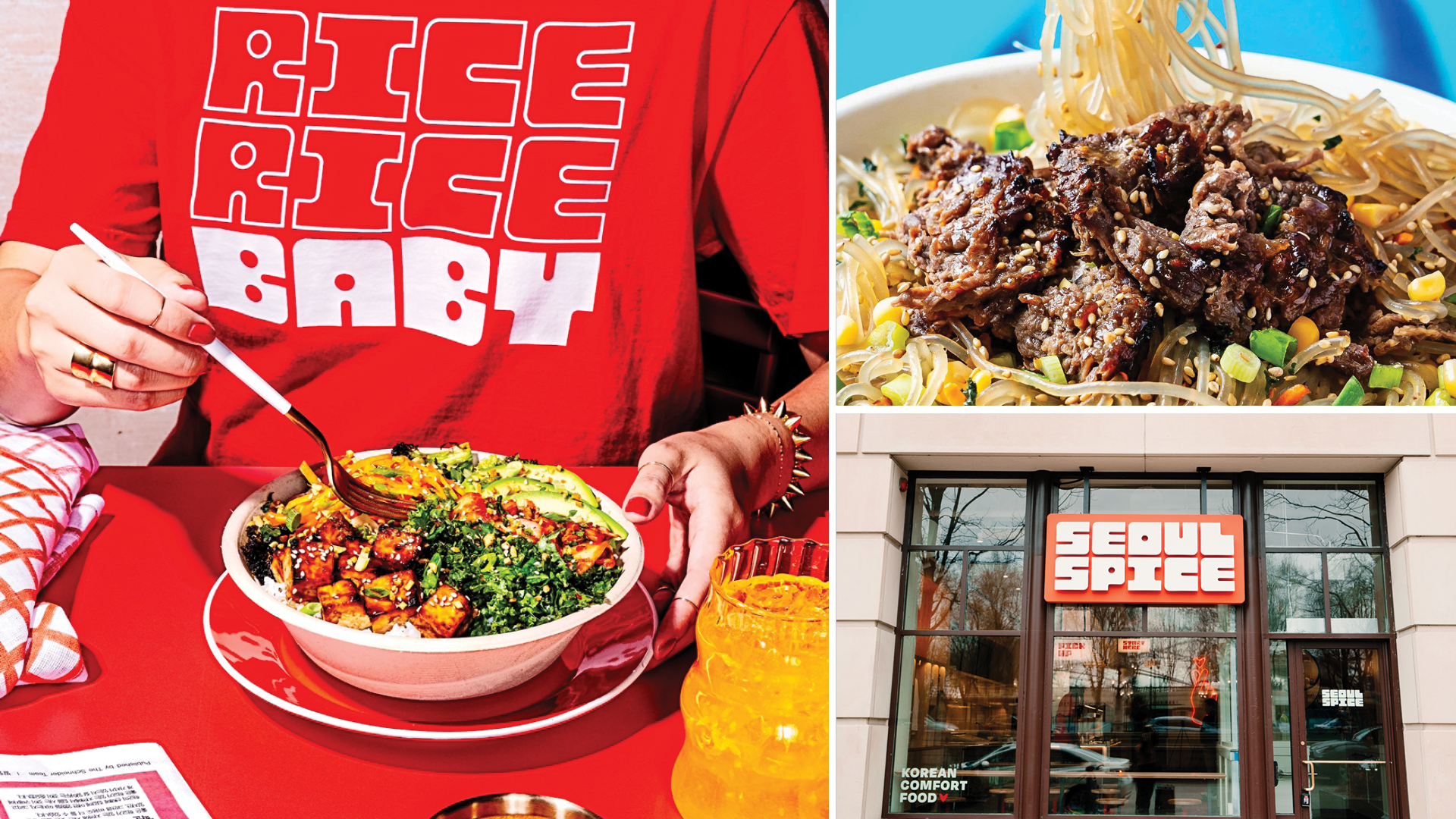The new year has arrived and with it all manner of prognostications regarding what’s hot, what’s not, and what’s just around the bend. Here’s a look at 2024 trends that consumers demand, what grocers should stock, and what retailers need.
First, to the spice aisle.
Tamarind is McCormick’s Flavor of the Year
For many, McCormick’s flavorful proclamation begged the question, what the heck is tamarind?
Tamarind is a tropical fruit that’s native to Africa but found in other tropical climates around the world. Resembling a large brown pea pod that hangs from trees, tamarind is distinctive for its sour, tangy pulp. Widely used in international cuisine, tamarind’s natural flavor is both sour and sweet, making it a fine complement to many Asian, Middle Eastern, and Latin American dishes, as it has been used for centuries.
Tamarind provides savory food with a tart-like, sour zest, and can resemble fermented notes more often associated with kimchi and other pickled foods. Tamarind is also one of the primary ingredients of Worcestershire sauce.
“In the kitchen, its paste or syrup lends an intriguing fruity acidity,” said Lauren Allen, founder of Tastes Better from Scratch, a website and food platform, to The Food Institute.
“Tamarind can be found in barbeque sauces, marinades, salad dressings, and even cocktails,” she added. “[Tamarind] earns superfood status with antioxidants, fiber, minerals like magnesium and potassium, and other vital nutrients. Its balanced sweet-and-sour punch makes recipes pop while promoting good digestion.”
Complex Heat & Adventurous Flavors
Spicy ice cream, anyone? That’s one bold prediction made by the team at Tastewise, when it used AI to analyze its data and gaze into the crystal ball of food and flavor for 2024.
Asian ice cream flavors are rising, including Korean red bean, Thai Pandan coconut, and gochujang ice cream, a unique blend of spiciness and other Korean influences.
“Consumers crave the distinctiveness of exotic cuisines, with Korean, Thai, Vietnamese, SE Asian, Japanese, and Filipino flavors leading the way, measuring 2-3 times more unique than the industry standard,” noted the Tastewise team in its report.
A recent report from Civic Science noted that, after the spiciness has faded, most consumers do enjoy a little zing on their wings – the study noted that one-third of people “love spicy food” (31%) while nearly two-fifths of respondents (36%) say they like it.
The Return, Maybe Permanently, of #WaterTok and #SoupTok
Hydration is in for 2024.
No country drinks more bottled water than the U.S. The industry is worth an estimated $94 billion today. The energy drink market looms even larger at about $86 billion, and that these two rushing rivers of commerce are converging should come as no surprise to anyone who enjoys either.
The rise of water sommeliers and the premium hydration category means more consumers will look for (and find!) water seemingly custom-made for their overall nutrition, their lifestyles, and their flavor preferences. If it can be added to water, someone out there has probably done it and is finding ways to create an audience, craft a culture, and further a movement when the stuff out of the tap just won’t do anymore.
Meanwhile, #SoupTok came roaring back (or maybe never left?). In 2024 cooks, chefs, grocers, retailers, and more will likely use soup as the perfect medium to experience other global flavors (such as tamarind and guajillo). The Specialty Food Association recently cited soup as a dish with serious staying power – noting that it’s “Universal, warm, convenient. Never really goes out of style” – and SFA expects more soups, broths, and soup starters to pepper shelves and menus this year.
“Honestly,” said Jenny Zegler, Director of Mintel Food and drink, “I wouldn’t be mad if 2024 was the year of soup.”
And she is far from alone in that cozy sentiment.
The Food Institute Podcast
The foodservice industry has had its fair share of twists and turns the past few years, but where is it headed in 2024? Lizzy Freier, Director, Menu Research & Insights at Technomic joins The Food Institute Podcast to talk restaurant traffic, international cuisines, LTOs and more.












